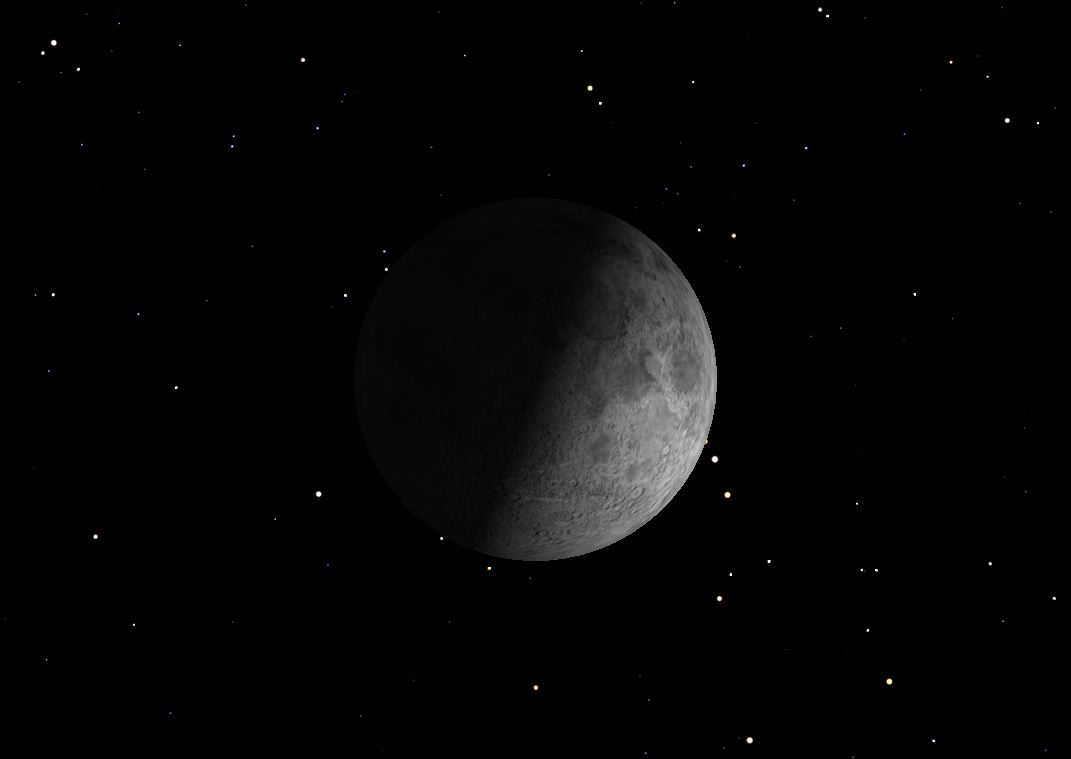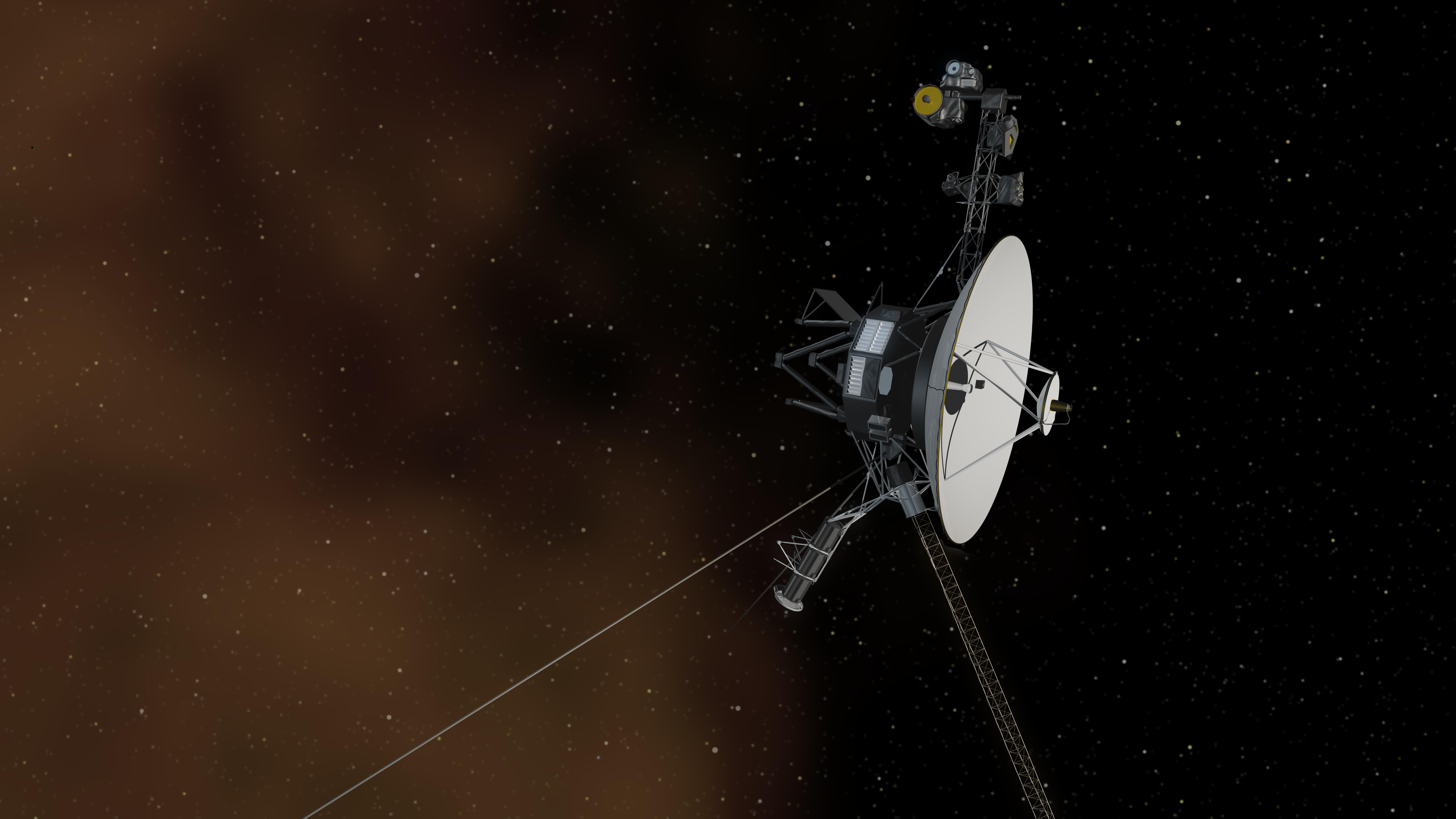Best Time to See the January Moon Is Now

If you received a new telescope over the holidays, you're probably eager to put it to use. This week's first quarter moon is the perfect place to start.
For beginners, the moon is the brightest object in the sky other than the sun, so is an easy stargazing catch. Many people who buy telescopes are lost when trying to find targets in the sky. They've read so much and seen so many pictures, but haven't any idea how to actually find things in the sky.
But some readers may ask: Why target the first quarter moon? There are actually two reasons.
The first quarter moon is perfectly placed in the early evening sky. A week earlier and it was too close to the sun. A week later, and you would need to stay up late to see it. That's because the moon orbits the Earth, causing it to rise about 50 minutes later each night. First quarter is the "just right" point in its orbit for convenient viewing.
Secondly, the sun will be hitting the moon from the best angle to emphasize the moon's rugged terrain. The sun will be rising over the center of the moon's disk, casting huge shadows of even the smallest topographic features. This is what photographers call dramatic lighting. [How to Photograph the Moon (A Photo Guide)]
Here are more tips to make the most of your moon-gazing night:
Get your telescope ready
Breaking space news, the latest updates on rocket launches, skywatching events and more!
If you are new to telescopes, take some time to assemble yours carefully, and practice using it in daylight. It probably came with more than one eyepiece. Choose the one with the longest focal length, probably 20 or 25 mm. If your telescope is a refractor or a Cassegrain, you probably will need to insert a diagonal between the eyepiece and the telescope, a small L-shaped optical device. If your telescope came with a Barlow lens, set that aside for now.
Take off the lens cap, all of it. This may sound dumb, but many small telescopes come with a two-part lens cap, like a doughnut and its hole. Many beginners make the mistake of removing the hole but not the doughnut, and don't understand why everything looks so dark.
You will probably need to align the small finder scope with the main telescope. Point the telescope at something at least a quarter mile away: a chimney or a telephone pole. Then adjust the small screws on the finder so that the same object is centered in the finder. It's important to adjust the finder to the telescope, not the other way around.
Bundle Up
It will be colder outside than you expect, even in a warm climate, so dress warmly. Be sure you have a comfortable seat. You will see a lot more in you are seated comfortably at the eyepiece.
Find the moon in the telescope
This may not be as easy as it sounds, especially if your telescope is on an equatorial mount rather than the Dobsonian mount we often recommend for beginners. No sooner than you find the moon, it will speedily move out of view.
The moon itself is moving slowly around the Earth, but most of this movement is caused by the rotation of the Earth. Some telescopes are equipped with motors and slow motion controls to help track the moon. You will need to master these before you can comfortably track the moon in the telescope eyepiece.
What to look for
The moon is a rich world, full of familiar and unfamiliar things to look at. Concentrate on the terminator, the line that separates light from dark. The sun is just rising along the terminator, throwing even the smallest irregularities in the lunar surface into high relief. Adjust he focus carefully so that the detail is sharp. You will find this a tricky process at first, but soon will get the hang of it. [The Moon's Phases in 2013 (Video)]
Be aware of what direction the sun is shining from. Directions through the eyepiece are confusing at first, because your telescope's optical system will flip the image in unexpected ways. Astronomers soon get used to this, but it can be very confusing at first.
The mountains and plains on the moon will seem very familiar from similar topography on Earth.
The most surprising features for most beginners are the moon's many craters. There are similar craters on Earth, scars from meteor falls in the distant past, but most are covered up by vegetation and erosion. On the moon, these scars are laid bare, as fresh as the day they formed, often millions or billions of years ago. Some craters have flat floors, where lava has flowed to a level surface. Others have terraced walls, the mighty impacts which formed them still revealed in the rays of the rising sun.
You may want to experiment with more magnification, using a different eyepiece, but stick with a low-power view for now. Changing eyepieces usually results in needing to center the moon again and refocus. This may prove frustrating until you become more comfortable with the telescope's controls.
It's amazing how much you can see, even at low magnification, because the moon is so close. Even your lowest magnification is probably more magnification than Galileo had with his first telescope.
Take some time to watch what happens as the sun rises over the moon's surface. Because the sun is very low close to the terminator, the shadows can change strikingly in only a few minutes of viewing.
This article was provided to SPACE.com by Starry Night Education, the leader in space science curriculum solutions. Follow Starry Night on Twitter @StarryNightEdu.

Geoff Gaherty was Space.com's Night Sky columnist and in partnership with Starry Night software and a dedicated amateur astronomer who sought to share the wonders of the night sky with the world. Based in Canada, Geoff studied mathematics and physics at McGill University and earned a Ph.D. in anthropology from the University of Toronto, all while pursuing a passion for the night sky and serving as an astronomy communicator. He credited a partial solar eclipse observed in 1946 (at age 5) and his 1957 sighting of the Comet Arend-Roland as a teenager for sparking his interest in amateur astronomy. In 2008, Geoff won the Chant Medal from the Royal Astronomical Society of Canada, an award given to a Canadian amateur astronomer in recognition of their lifetime achievements. Sadly, Geoff passed away July 7, 2016 due to complications from a kidney transplant, but his legacy continues at Starry Night.

